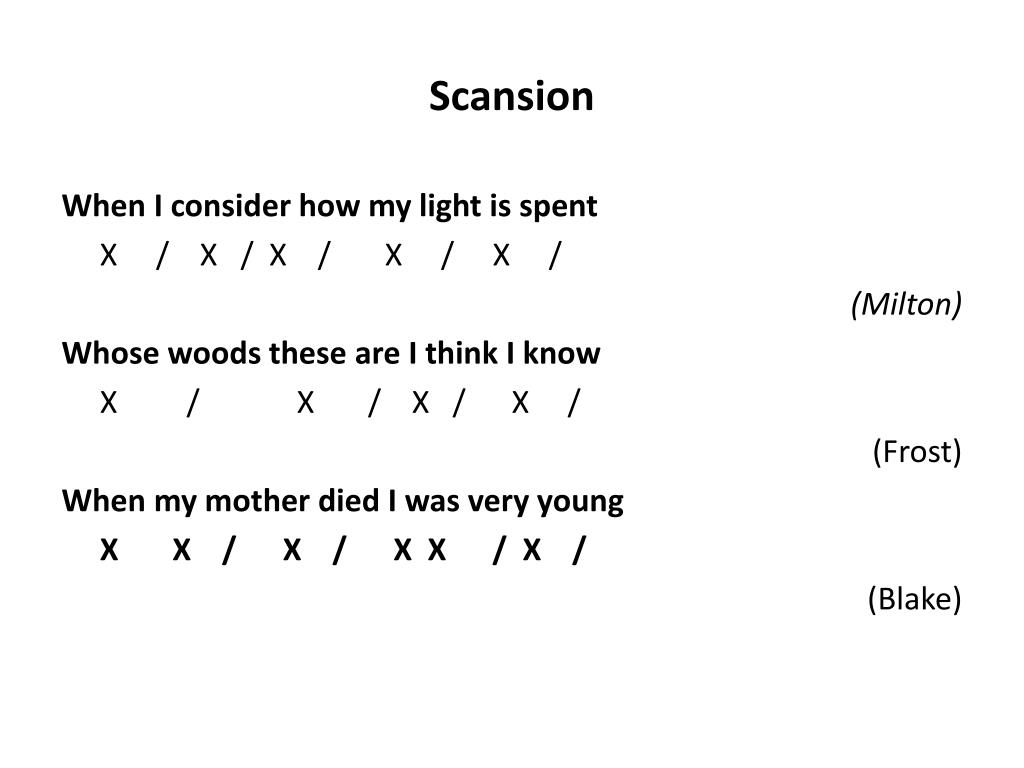

It is natural to want to enrich scansion with other kinds of analyses which capture more of the phonological and syntactic structure of the line.
#Metamorphoses scansion first 9 lines code
Since meter is a system of binary oppositions in which syllables are either marked or unmarked (long or short stressed or unstressed), a binary code is all that is necessary to transcribe it.
Brogan issues a stern warning about the temptations of overly detailed scansion: Ictus refers to the position within a line that is experienced as a beat, or to the syllable that fills it. Thus a syllable, regardless of its level of stress, that realizes a beat is ictic and a syllable, regardless of its level of stress, that does not is nonictic. These phenomena are called "promotion" and "demotion". This can most easily be understood through the principle of relative stress: an unstressed syllable between 2 even slightly weaker syllables may be perceived as a beat and the reverse is true of a stressed syllable between 2 even slightly stronger syllables. A perfectly regular line of iambic pentameter may have anywhere from 2 to 9 stresses, but it is still felt to exhibit 5 pulses or beats. However, marking stress is not the same as marking meter. All other aspects of language are present, indeed they are vital to the rhythm of the verse but they are not ordered by the meter. In English (and in many modern languages) the language is ordered by syllabic stress.

It is an ordering of language by means of an extremely limited subset of its characteristics. Lewis observes, "f the scansion of a line meant all the phonetic facts, no two lines would scan the same way". The rhythm of language is infinitely varied all aspects of language contribute to it: loudness, pitch, duration, pause, syntax, repeated elements, length of phrases, frequency of polysyllabic words. To understand any form of scansion, it is necessary to appreciate the difference between meter and rhythm. There is even a debate among scholars as to what systems were inherited from the Greek and Roman poetry. Systems of scansion, and the assumptions (often tacit or even subconscious) that underlie them, are so numerous and contradictory that it is often difficult to tell whether differences in scansion indicate opposed metrical theories, conflicting understandings of a line's linguistic character, divergent practical goals, or whether they merely constitute a trivial argument over who has the "better ear" for verse. Over the years, many systems have been established to mark the scansion of a poem. In both cases, the meter often has a regular foot. In English poetry, they are based on the different levels of stress placed on each syllable. In classical poetry, these patterns are quantitative based on the different lengths of each syllable. ʃ ə n/ SKAN-shən, rhymes with mansion verb: to scan), or a system of scansion, is the method or practice of determining and (usually) graphically representing the metrical pattern of a line of verse. An example of scansion over a quote from Alexander Pope


 0 kommentar(er)
0 kommentar(er)
